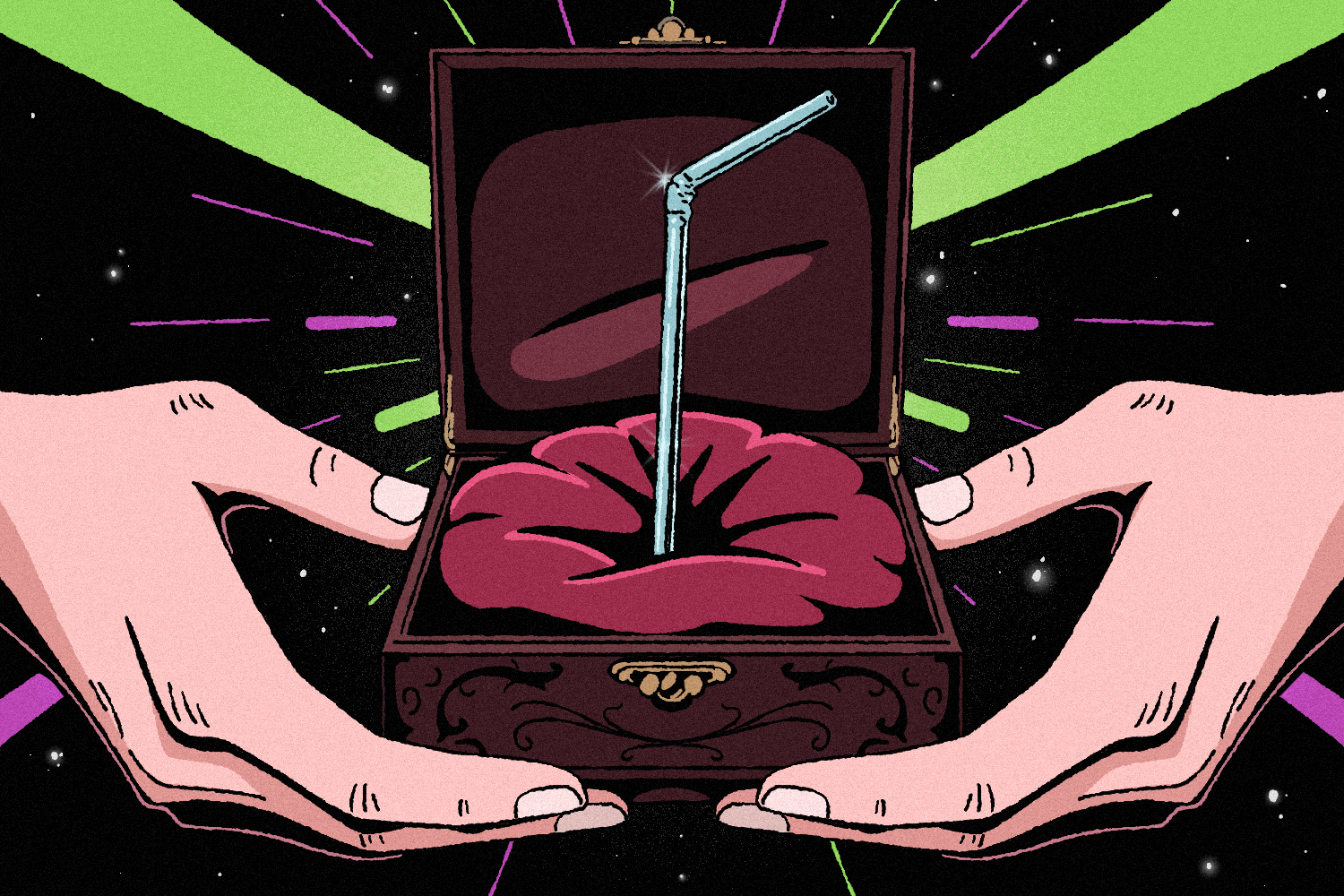The best reusable straw for sustainable sipping
Paper or plastic? Nope. Stainless steel is the winning straw.

Sign up and save the world
The one5c newsletter delivers our best tips right to your inbox
At the beginning of 2025, the “straw wars” seemed settled. Then, in February, President Trump signed executive order 14208 halting a federal phaseout of single-use plastic straws, calling paper altern……

